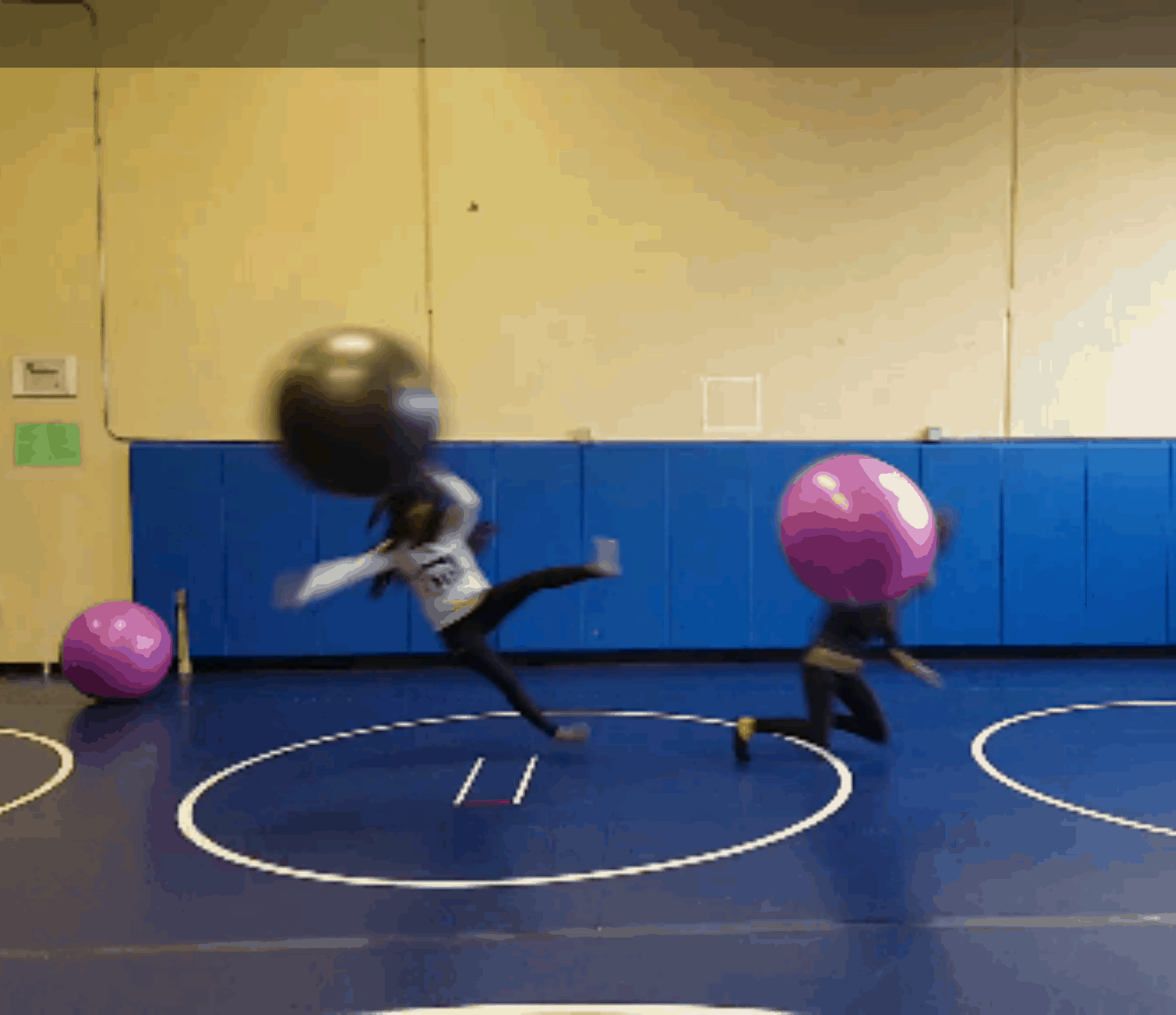
Letting Them Lead
Three months into the new school year, everything seems easier. As encouraging as my findings from the first year were, I wanted to further minimize my influence over their minds. To instigate thinking, one must ask provocative questions that the listener must care about. They must be allowed to perform their own experiments and create their own connections. Less planning on my part and meant more playing on theirs. I left gaps for them to fill.
The more I put down on paper, the more I felt beholden to. I assumed that a quick and lively pace would best maintain their interest and attention. In hindsight, I was rushing them. My desire to minimize boredom also lessened their opportunity for immersion. Wonderful ideas come from a thoughtful pause. By exterminating them as soon as they appeared, I was denying them the lull that solicits change.
Time is the biggest restriction on the learning process. It lords over our curriculum, the structure our day, and how we divvy up chunks of information to present. Assessments are scheduled in the same way — set dates that more realistically evaluate our ability to peak or prepare or express (or more often, re-express.) The truest examination of whether learning is making an impact, however, occurs outside of the instructional window. Are concepts being used or applied during free time — a student’s most genuine or vulnerable state?
To let them lead is to observe and ask about what they naturally choose to do.
It is taking what they like and showing them how to build up or scale down from where they currently reside. The movement qualities taught and learned as a whole are large enough to be applicable to individual interest, goals, and curiosities. Games and skills are meant to be transferable. Given time and tools, presented ideas evolve into purposeful ones that get absorbed into personal practice.
The placement of free time within the class period matters. Internal challenges such as hand balancing, tumbling, or mobility work seem to best fit in the beginning while focus is fresh and still inquisitive. External, on the other hand — working with a partner, team, or object — tends to better placed at the end. ‘Other’ interaction excites energy levels.
Turning the entire day over to the kids can be tricky. Though never wasteful, it can carry a cloak of diminished motivation. When given the chance to do anything, a surprising many will choose to do nothing. The extended time frame allows me to circulate long enough to talk with each one and get to know them a bit better. A sincere and intimate encounter between humans always ends up with more mutual respect (and activity) the next day.
A full day of open play shows most promise when you introduce new tools. The last day of our wrestling unit, for example, I gave them soft plyo boxes and a bunch of physio balls and watched their innate tendencies surface. Some were physical, some were creative, but everyone was intrigued. Each class served as a petri dish of personalities that cultivated their own trials and experiences:
The new and novel encourages people to try. There is a belief they can be good at it. If the tools or toys have a familiar context to them, they will be used similarly according to that familiarity. If I were to give them a bunch of Jenga blocks without any further instruction, for example, the typical reaction is to play Jenga with them. To break their attached schema, I gave them some alternative tasks to do before turning them loose. They were quite inventive with their ideas:
Everything from the 3:37 mark on were their own innovations.
Generally speaking, teens have a 10 to 15 minute attention span to focus on a singular task. They will organically adjust the rules or the goal or the environment or party in which they occupy their play to keep things fresh and interesting. Both the game and the players are allowed to evolve. They are consistently reminded that the game works for them, not the other way around.
Letting them lead often means letting go of expectations. It is to float and then completely let go of an idea. To give it away is to offer up a point of connection. They have a right to reject the gift, and an equal right to take it and turn it into something valuable. The teacher and student are egalitarian and reciprocal in their roles. In sharing our brains and excitement, we embody a culture that listens and invites and seeks to empower all.



